












Texas Instruments' new plant, RFAB2, is the client’s newest addition to a global manufacturing footprint producing billions of analog and embedded processing chips for vehicles, calculators, and industrial equipment. At the same time, this facility also demonstrates the customer's role in the industry-related efforts to increase chip-making capabilities in the United States. That is crucial because of coronavirus-era supply shortages.
Thus, the project's key goal was to blend the new plant with RFAB1, another Texas Instruments manufacturing industrial structure. Inside, employees move 24/7 through the enormous clean room space to assist in a 400-step process turning 300-mm wafers into one of the world's most critical technologies. Also, RFAB2 is 30% larger than the first facility and took about two years to construct. When working on it, VEC experts found it challenging to ensure all systems would be installed correctly, which is essential for the proper performance of machinery.



VEC tech specialists participated in the Texas Instruments RFAB2 project in 2020-21. Here, our experienced team provided first-class electrical BIM & VDC services, covering 3D modeling of power, lighting, telecom, and security systems. So, as a reliable BIM partner, we stayed in close contact with M. C. Dean as an electrical contractor and Burns & McDonnell Engineering, Co. as a General contractor. The latter ones were also involved in the BIM process.
We ensured coordination with the customer’s design team and other stakeholders during the project, mainly during the preconstruction and construction stages. And by using a modern BIM software tool, Revit, our experts could effectively analyze models of different building systems and define potential clashes before their installation. That helped us to confirm that each 3D model brought enough accuracy and was created based on the design.


















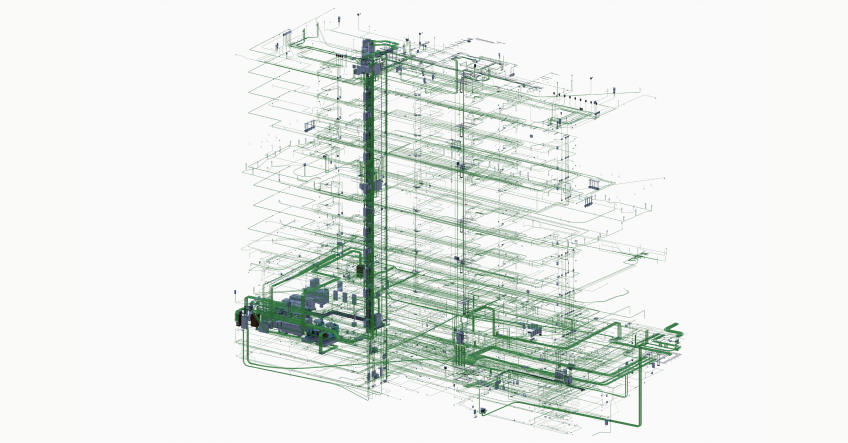
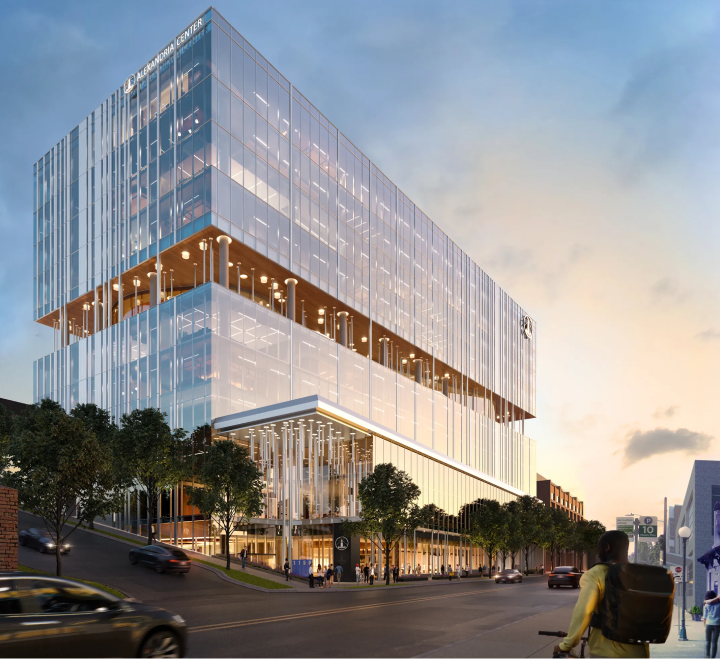













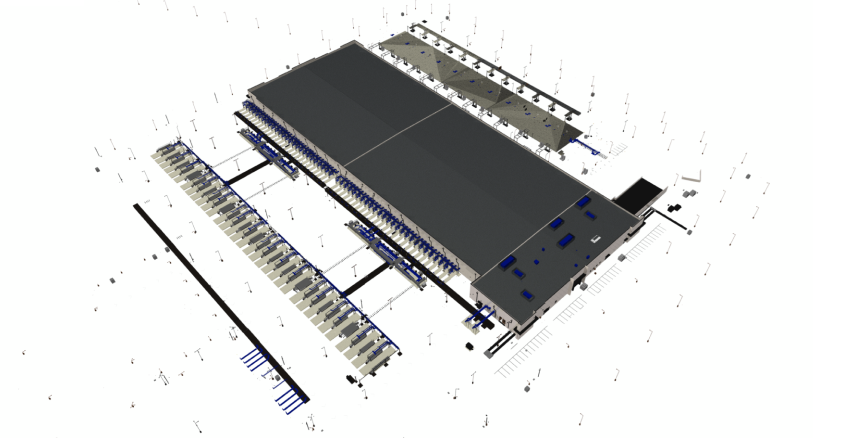






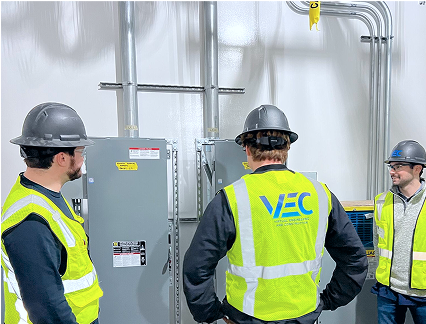












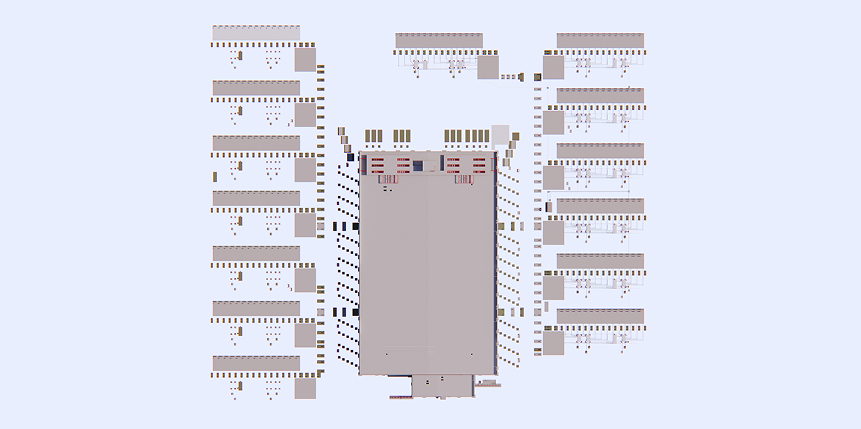
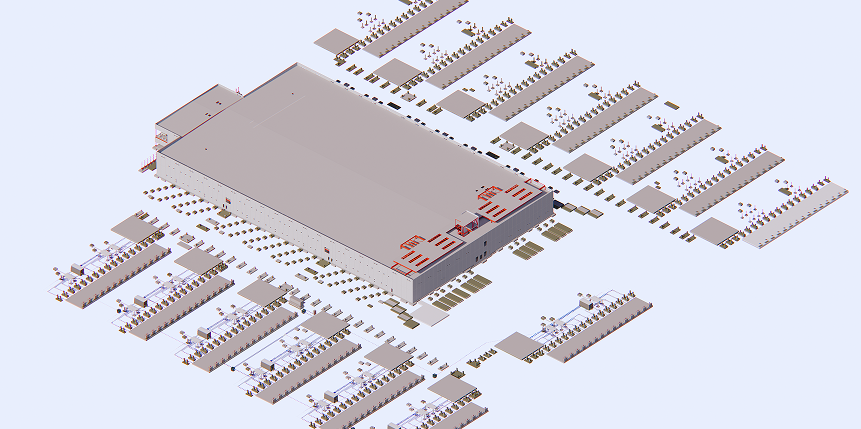
























%203.png)












"It's amazing how fast and how much the bluff has receded over the last year. To capture and analyze this data opens my eyes to what this technology can be used for."


"It was a pleasure working alongside AECOM to analyze the corrosion of the bluff using Laser scanning Technology and Drone Photogrammetry. The data we captured is essential as it will provide insight into the stability and safety of the bluff."